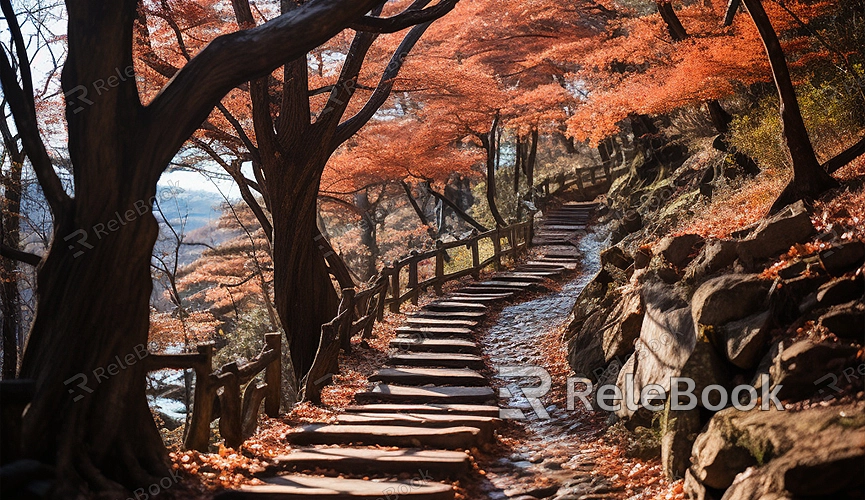How to Bake Texture in Blender
Baking textures in Blender is a process that simplifies complex details and optimizes the rendering performance of 3D models. Below are the fundamental steps for baking textures in Blender. Through texture baking in Blender, intricate details from a high-polygon model can be captured into texture maps for a low-polygon model, resulting in a more visually appealing rendering.

Steps and Basic Process:
1. Open Blender: Launch Blender, enter the multifunctional design interface, and prepare to understand the principles of texture baking in Blender.
2. Import the Model: Choose or create your 3D model, ensuring there are no unnecessary textures or materials in the model to provide a fresh visual experience.
3. Prepare UV Mapping: In Blender, creating UV mapping for the model is a crucial step that determines how textures will be applied to the model's surface. Adjust and optimize UV mapping to ensure each part of the model has sufficient texture space.
4. Set Up Materials: In the material options, create or select the material you want to bake, defining the properties of each material to add vivid details to the model's surface.
5. Perform Baking: Utilize Blender's baking functionality to map the material onto the UV space, creating a realistic effect on the model's surface. This step is key to the texture baking process, determining the final appearance of the model.
6. Adjust Details: After baking is complete, fine-tune details as needed. Adjust lighting, shadows, reflections, and other parameters to make the texture appear more realistic.
7. Export the Texture: Finally, export the completed baked texture for use in other projects or software.
Common Scenes Using Blender Baked Textures:
1. Luxurious Wood Grain Design for Furniture: Baking a texture that simulates the surface of luxurious furniture, with intricate wood grain details, adding texture and elegance.
2. Metallic Appearance for Tech Devices: Baking a metallic texture to give tech devices a smooth metal finish, reflecting a unique shine and enhancing the device's appearance.
3. Stone Texture for Urban Architecture: Adding a stone texture to the surface of urban architecture, where each stone seems to carry the weight of history, giving the city a solid and steady feel.
4. Softened Glass Surface for Modern Buildings: Adding a soft texture to the glass surface of modern architectural designs, causing it to shimmer fashionably in the sunlight.
5. River Effect in Game Scenes: Baking a flowing river texture in a game scene, where each ripple appears lifelike, adding vibrancy to the gaming experience.
6. Plant Effects in Outdoor Scenes: Baking texture on plant surfaces, making each leaf appear as if swaying in the breeze, injecting life into outdoor scenes.
7. Metal Texture on Car Surfaces: Demonstrating a sleek metal texture on car surfaces through texture baking, elevating the entire vehicle's appearance.
8. Unique Effects on Artwork Surfaces: In artistic creations, using texture baking to produce unique surface effects, enhancing the artistic appeal of the work.
Texture baking allows us to provide a more realistic and detailed appearance for various 3D scenes and models. This technique not only enhances the realism of models but also offers greater creative freedom. If you need high-quality 3D textures, HDRI, or 3D model downloads, you can find them on Relebook. After downloading, simply import the textures and 3D models directly into your project for immediate use.

